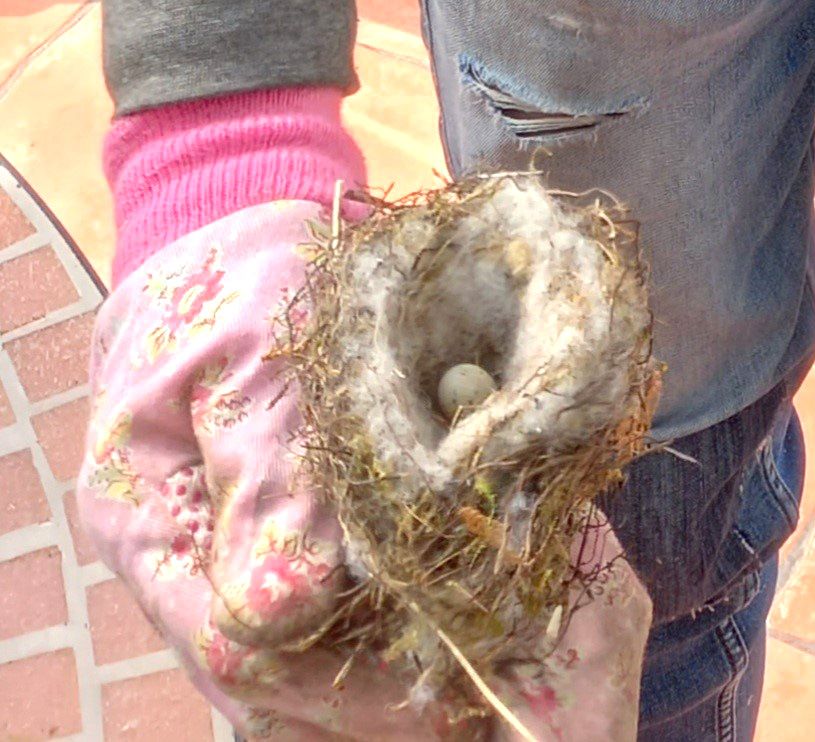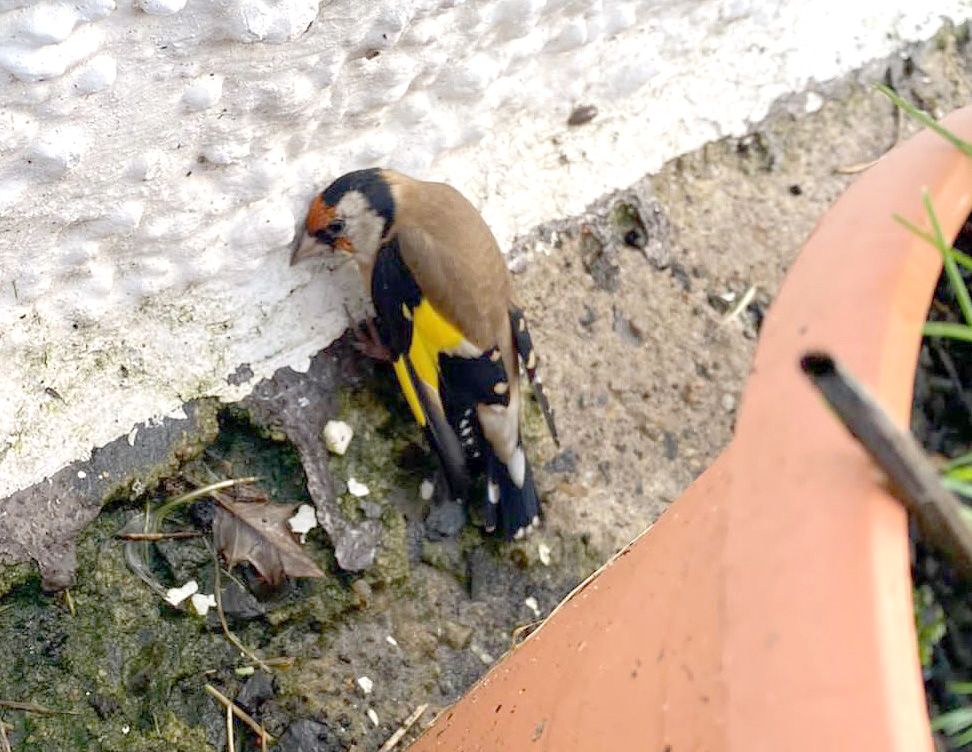IF an artist were asked to paint the most beautiful bird they could imagine, they’d be hard pressed to rival what mother nature did with the goldfinch.
Not only is it stunningly colourful with its red mask, golden belly and wings as bright as the sun, but it’s got the poise of a ballet dancer and – just to top things off – a voice which makes it sound like a creature from an enchanted kingdom.
Yet it is an exotic and extraordinary bird that we have managed to tame, coaxing it into our gardens from its former mountainside haunts. It wasn’t always like that.
A few decades ago Dúlra used to plod across the Black Mountain through snow and frost to catch a glimpse of a goldfinch. Here they would gather each winter in flocks of up to a hundred, often bulked up by larger and even brighter migrants from the Arctic. They’d feed on thistle and knapweed heads, delicately balancing on the thin stalks.
With the snow as a backdrop, Dúlra would literally be wide-eyed in wonder. It was like watching a firework display from a few feet – their brilliantly descriptive Irish name, lasair coille, burning spark of the woods, hints at this.
Sometimes when the snow was deep, you could walk right up to them – they were so hungry and it was so cold that they didn’t have, or couldn’t spare, the energy to fly away. At one stage as dusk was falling he remembers taking his coat off and throwing it over a goldfinch which was feeding on a knapweed. Why? Just to see if he could! Holding the bird was like handling treasure. After a few moments he let it go back to its friends and family as they frantically foraged to find enough food to keep them from freezing to death through the night.
Back then, Dúlra would never have imagined that, some day in the future, he wouldn’t have to traipse the Black Mountain to see this bird up close and that instead, he’d just have to open the kitchen blinds in the morning and they’d be gathered outside like pets.
Sunflower hearts and nyger seed were the lures they couldn’t refuse. Put either of these in a feeder and the goldfinches will descend from the skies like darts.

Dúlra’s now got a dozen of them stationed in his garden. They came and went at various times over the summer as they headed off to downtown parks and city streets where they like to build their nests. Goldfinches, despite their flash outfits, conceal their nests brilliantly. And what Dúlra didn’t realise was that, all the while, they were nesting in the wee bush in his front garden.
This week as he tidied up the garden for winter, he cut a branch and found the intricately woven cup of fine hairs and moss attached to it. Unbeknown to Dúlra, a pair had been nesting in the garden all the while. Inside there was still a single intact egg – we can only hope that the rest of the clutch hatched and were successfully reared.
It seems that many of the goldfinches which live at Dúlra’s feeders can rightfully call it home, maybe even more so than Dúlra himself – they were born here!
The following day, Dúlra heard a thump at the kitchen window. He feared what it might be – and when he went out those fears were realised. A goldfinch lay prone on the ground below the window.
It’s a tragedy when this happens – we don’t intend to put birds in danger when we attract them to our gardens. Dúlra has plenty of stickers and pictures on the glass, but he immediately realised what went wrong: he recently moved a sunflower in its pot to outside the window, partially concealing the window..
When he went out, another goldfinch was down on the ground beside the stricken bird, an amazing example of the bond between these birds.
Dúlra lifted the hapless goldfinch – it was just as beautiful as the one he had thrown his coat over on Black Mountain all those decades ago.
It was motionless, but thankfully he felt its tiny heart beating against the palm of his hand. It was alive.
He cupped his hands over it for a couple of minutes, hoping the heat would breathe life into it.
When he opened them, the bird opened its wings and took to the air, back to its chattering family in the holly tree. This flame of the woods would burn for another day.
• If you’ve seen or photographed anything interesting, or have any nature questions, you can text Dúlra on 07801 414804.







